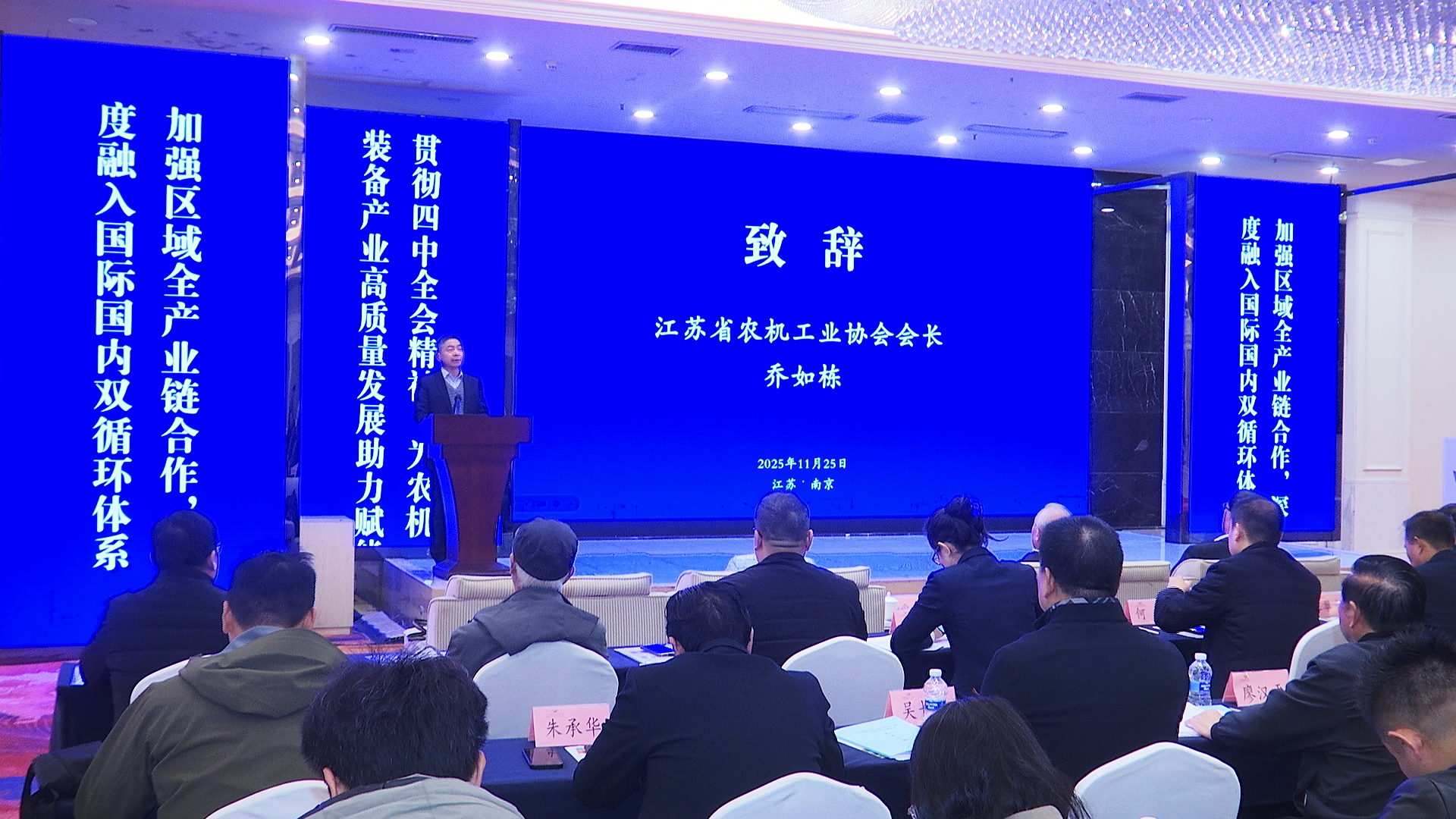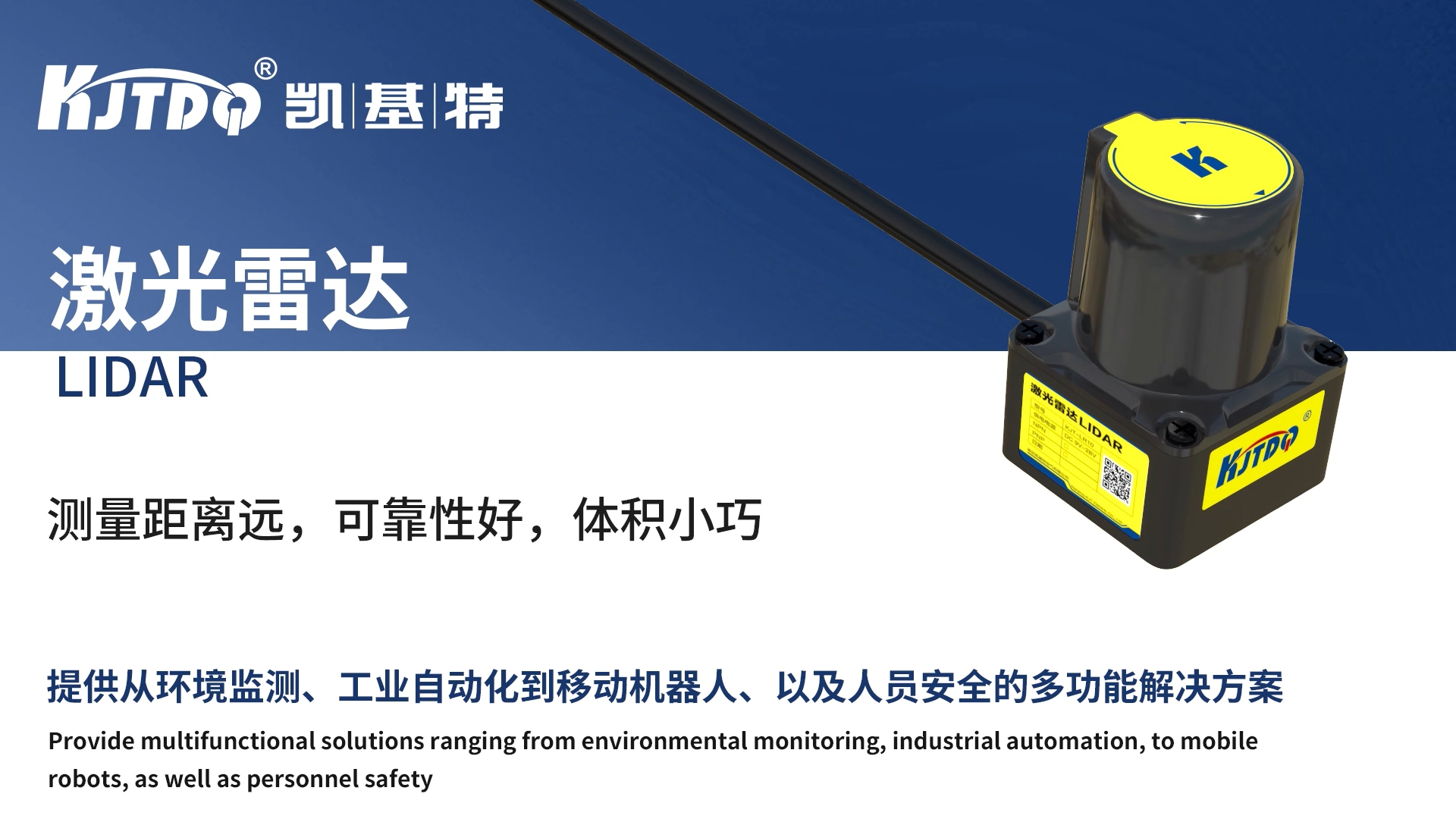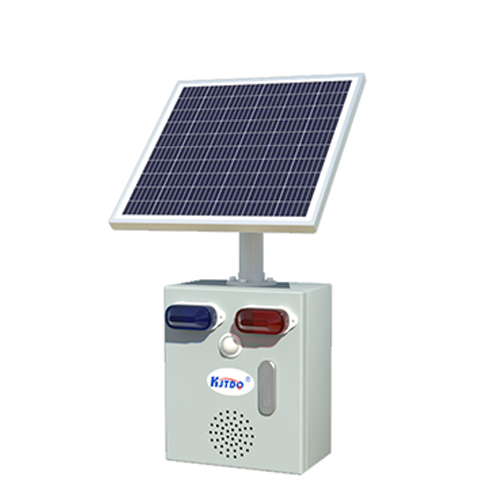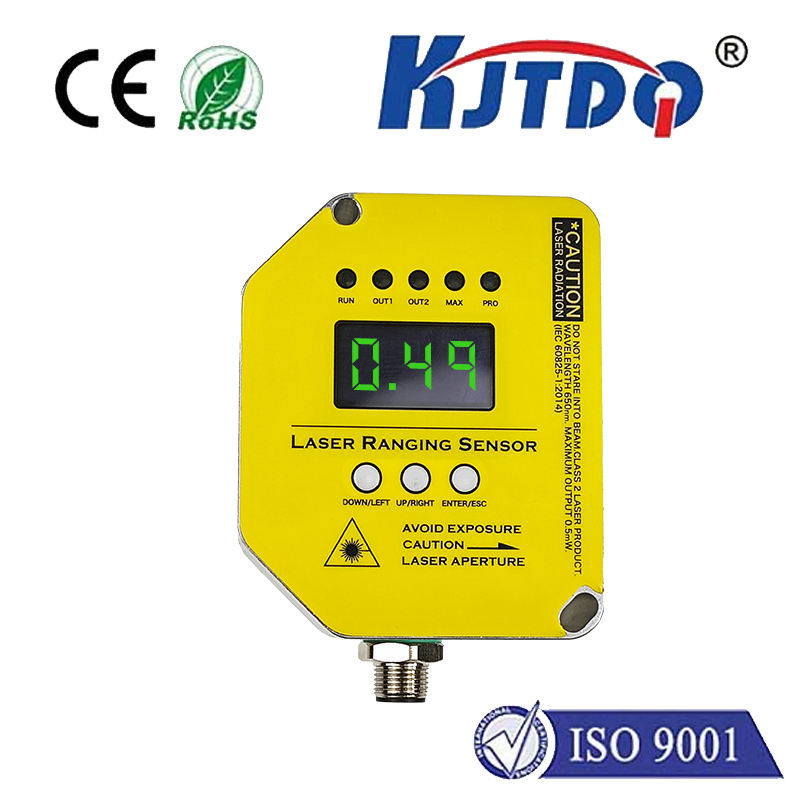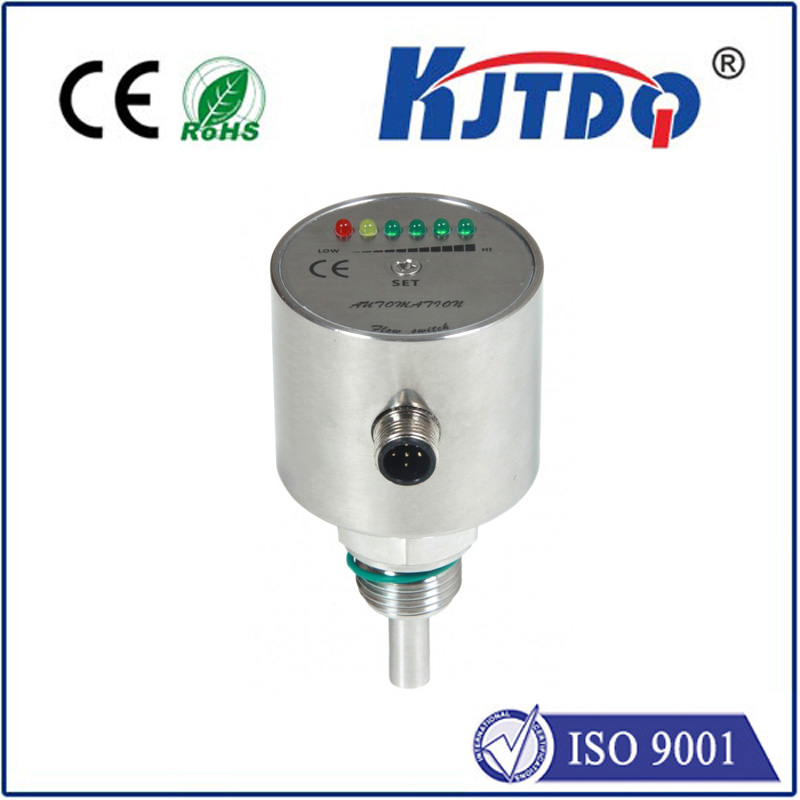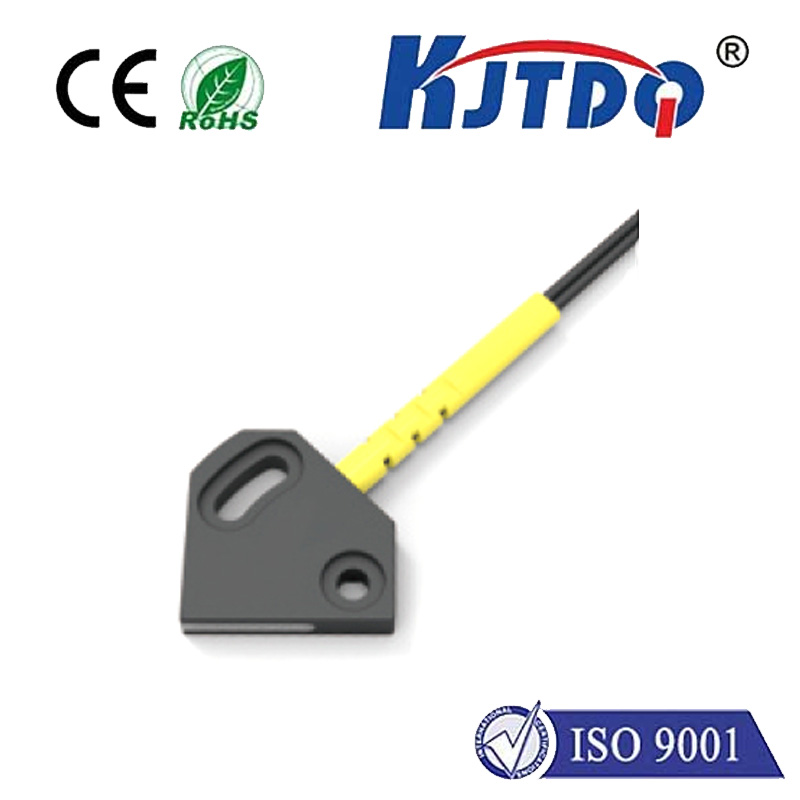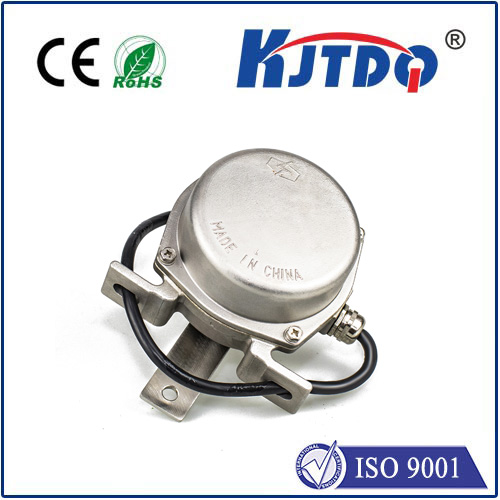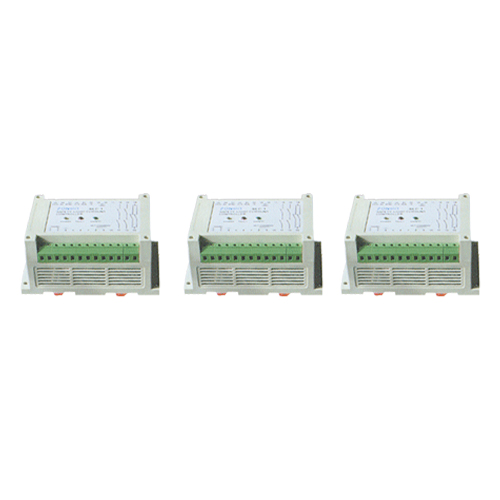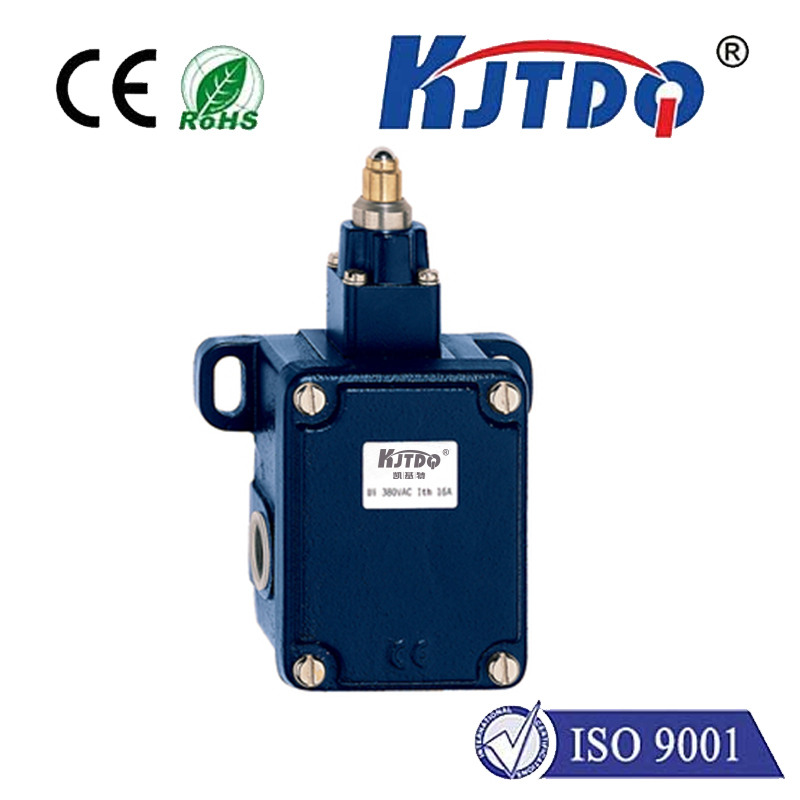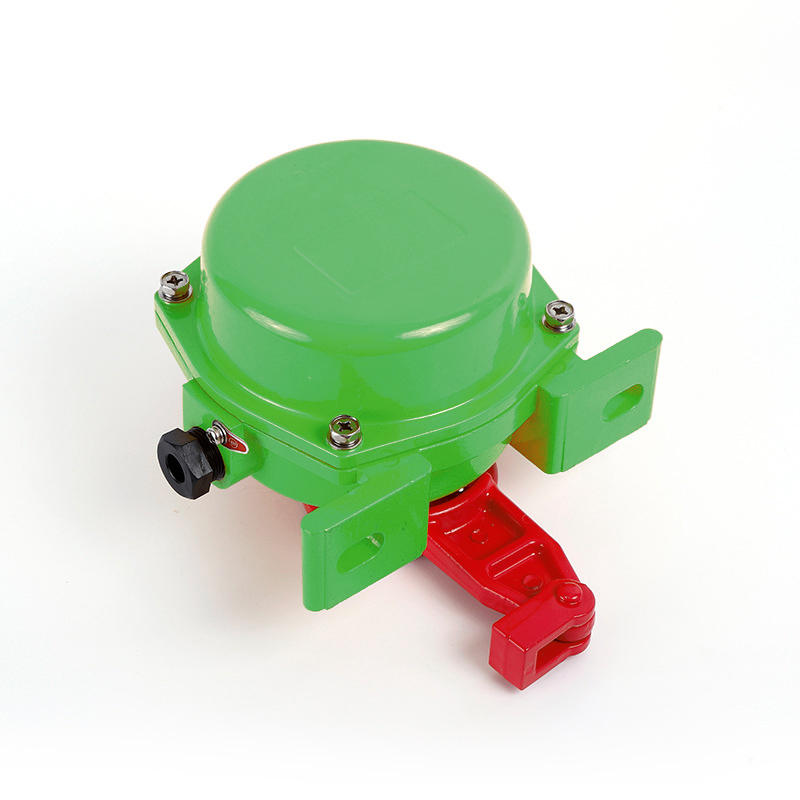shutter limit switch
- time:2025-08-08 01:56:00
- Click:0
Shutter Limit Switches: Precision Guardians in Automation & Safety Systems
(Introductory Hook) Imagine a high-speed industrial shutter door slamming closed prematurely, endangering personnel or damaging valuable goods. Or picture intricate automated machinery overshooting its programmed path, causing costly collisions and downtime. These critical failures often trace back to one small, yet vital component failing its duty: the shutter limit switch. Far more than just an on/off trigger, this device is the unsung hero ensuring precision positioning, reliable operation, and critical safety interlocks across countless automated systems.
Understanding the Core Function: Position & Safety Defined
At its essence, a shutter limit switch is a robust electromechanical sensor designed to detect the presence or absence of a moving part – specifically, a “shutter” or actuator – at predetermined points along its travel path. It acts as a sentinel, confirming when a mechanism has reached its intended end-of-travel position (fully open or fully closed) or a crucial intermediate position. This confirmation is transformed into an electrical signal (typically opening or closing a circuit), providing essential feedback to the control system.
The term “shutter” often refers to a physical tab, vane, or cam attached directly to the moving component being monitored. As this shutter physically interacts with the switch’s actuator arm or lever, it triggers a precise state change within the switch’s internal contacts. This direct mechanical actuation provides highly reliable feedback in demanding environments where optical or proximity sensors might struggle with dust, grime, vibration, or variable lighting conditions.
Mechanism in Action: How the Switch Works

- Actuator Engagement: The moving mechanism carries the shutter. As it travels along its path, the shutter physically contacts the switch’s actuator lever or roller.
- Contact Transition: This physical force moves the actuator, which mechanically toggles the switch’s internal snap-action contacts. This action provides a positive opening operation – a crucial safety feature ensuring contacts rapidly open (or close) regardless of the actuator’s speed.
- Signal Generation: The change in the contact state (e.g., Normally Open closing, or Normally Closed opening) sends a clear electrical signal to the machine’s Programmable Logic Controller (PLC) or control circuit.
- System Response: The control system interprets this signal. For an end-of-travel limit, it typically stops the drive motor. For a safety interlock, it might halt the entire machine if a guard door isn’t securely closed. For position verification, it confirms a step is complete before initiating the next process.
Key Applications: Where Precision and Safety Are Paramount
The versatility of shutter limit switches makes them indispensable in diverse industries:
- Industrial Doors & Gates: Ensuring high-speed roll-up doors fully open for access and securely close for protection and energy conservation. They prevent motors from straining against physical stops.
- Material Handling: Controlling the precise positioning of lifts, conveyors, hoists, and automated guided vehicles (AGVs), preventing collisions and ensuring load transfer accuracy.
- Packaging Machinery: Verifying the position of forming tools, sealers, and grippers within complex sequences, guaranteeing package integrity and process synchronization.
- Automotive Manufacturing: Providing critical safety interlocks on robotic cell guards, confirming safe access points are closed before dangerous operations commence.
- HVAC Systems: Monitoring louvers, dampers, and large valve positions for optimal airflow and temperature control.
- Process Control: Monitoring valve stem positions and actuator strokes in chemical and water treatment plants.
Key Features and Selection Considerations
Selecting the right shutter limit switch hinges on application demands:
- Actuator Type: Roller levers, plain levers, plungers, and wobble sticks each suit different force vectors and mounting constraints.
- Contact Configuration (Contacts): Choices like SPDT (Single Pole, Double Throw), DPDT, NO/NC (Normally Open/Normally Closed) determine the switching logic needed by the control system. Positive opening contacts are often mandated for safety functions (e.g., IEC 60947-5-1).
- Enclosure Rating (IP, NEMA): Critical for environmental resilience. IP67 (dust-tight and protected against immersion) or NEMA 4/4X/13 ratings are common for harsh factory floors, washdown areas, or outdoor use.
- Electrical Ratings: Must match the load requirements (voltage, current – AC/DC) of the circuit they control.
- Mechanical Life: High cycle counts (often millions) are essential for frequently operated mechanisms.
- Robustness: Resistance to shock, vibration, impact, and extreme temperatures ensures longevity in demanding settings.
- Mounting Flexibility: Brackets, multiple mounting holes, and adjustable actuators simplify integration into complex machinery.
- Special Options: Explosion-proof (ATEX/IECEx) designs, high-temperature ratings, and specific approvals for safety systems (e.g., SIL, PL).
Why Shutter Limit Switches Remain Vital: The Reliability Factor
Despite the rise of proximity sensors and encoders, shutter limit switches maintain a dominant position due to distinct advantages:
- Absolute Position Verification: They provide unambiguous, mechanical confirmation of a definite physical position. There’s no ambiguity compared to sensors that might detect proximity without confirming actual travel completion.
- Robustness & Immunity: Insensitive to environmental factors like dirt, dust, oil, humidity, electromagnetic interference (EMI), or target surface properties that plague other sensor types.
- Visual Indication: Many designs offer a clearly visible actuator position, providing quick visual confirmation of status for maintenance personnel.
- Fail-Safe Potential: Particularly with positively driven, force-guided contacts, they can be designed into safety circuits where a contact welding failure is mechanically prevented (crucial for safety interlocks).
- Simplicity & Cost-Effectiveness: Generally simpler to install, set up, and troubleshoot than complex sensing systems, often at a lower cost point for basic positioning tasks.
Maintenance and Best Practices
Ensuring long-term reliability requires attention:
- Secure Mounting: Prevent switch movement or vibration loosening, which alters the critical position setting.
- Actuator Alignment: Ensure the shutter engages the actuator lever correctly throughout its travel without binding or excessive force.
- Environmental Protection: Verify seals remain intact, especially in washdown or dusty environments.
- Periodic Functional Testing: Regularly confirm the switch activates reliably at the designated position. Listen for the distinct “snap” of the contacts changing state.
- Actuator & Shutter Inspection: Check for wear, bending, or damage on both the switch actuator and the moving shutter itself.
(Concluding Note) From regulating high-traffic warehouse doors to safeguarding operators around industrial robots and enabling the precise movements of packaging lines, the shutter limit switch remains a cornerstone of automated control and safety. Its blend of mechanical certainty, environmental resilience, and cost-effective reliability ensures it continues to be the preferred solution for countless applications demanding definitive position verification and robust operation. Understanding its function and selecting the correct specifications are fundamental steps in building safe, efficient, and reliable automated systems.





